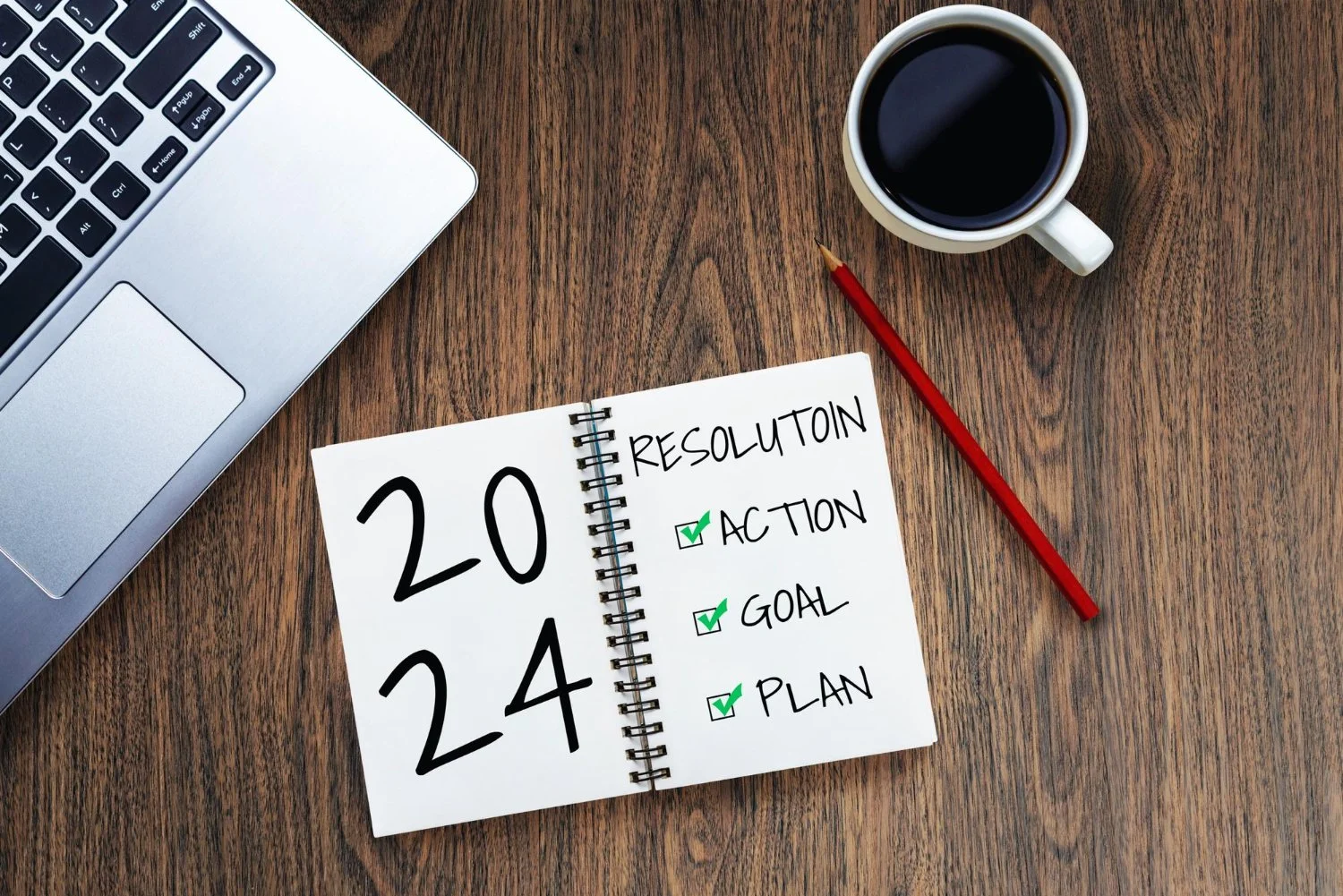Your shoulders are involved in almost everything you do—reaching, lifting, pushing, pulling, and even sitting at a desk. Because they’re the most mobile joints in the body, they’re also prone to stiffness, weakness, and injury. The good news? You don’t need a gym to take care of them. With a few simple exercises at home, you can improve shoulder strength, mobility, and long-term health.








